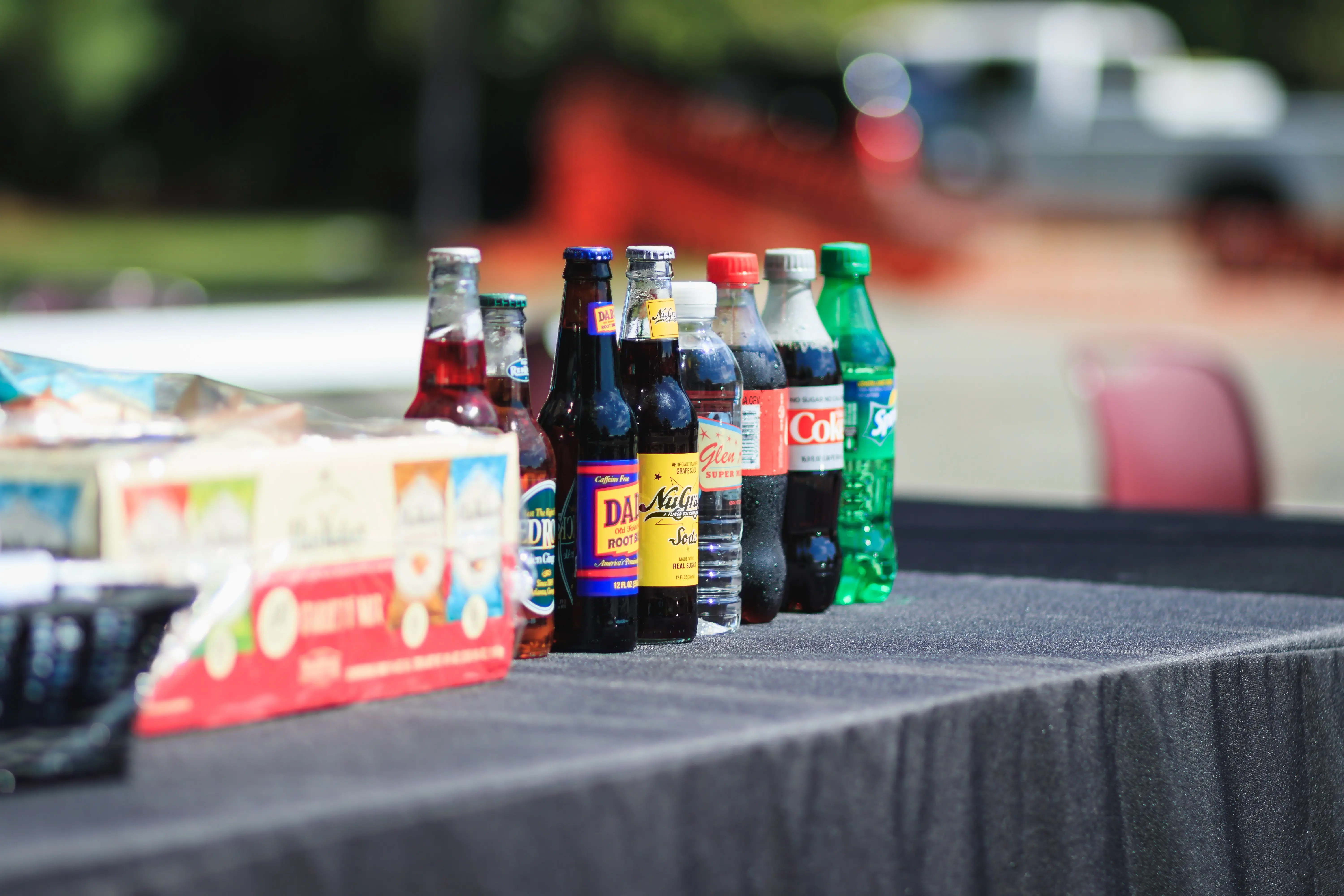Sample by My Essay Writer

Question One
The carbonated soft drink industry is one of the most profitable industries in the world. The industry has a few players namely Coca-cola and Pepsi who control the majority of the market revenues and profits. The industry is so profitable for several reasons such as the cost to produce these goods. It is cheap to produce carbonated drinks and thereby these firms have a huge profit margin when making the sales in the market. Another aspect is due to the fact that these companies have direct distributors. This leads to a decrease in the cost of distributing these products to various markets across the globe. These firms also produce, package, and distribute these products through their own subsidiaries (Yoffie & Kim, 2011). This avoids the need of having an intermediary in the market before the products reach the final consumer in the market. When an intermediary is removed from the distribution channel, the profit margin tends to increase.

Question Two
In assessing the economies of carbonated business and bottling business, it is important to assess the various aspects that make the profitability of the two businesses to be very different. In the bottling industry, there are huge production costs due to the high overhead costs and labor. The bottling industry receives nearly 40% of the gross profits and thereby the budgets must have no room for error. Pepsi and Coca-cola overcome this challenge by acquiring bottling companies thus reducing their variable costs and increasing their profits. On the other hand, the economics of concentrate business is based on the ratio of water and concentrate. Concentrate is cheap to produce and is mixed in the ratio of one is to five. This means that when the demand is high, the profit margins are also high and vice versa. [“Write my essay for me?” Get help here.]
Question Three
The competition between Pepsi and Coca-cola has often affected the industrial profits in a positive manner. The competition does this through a push-pull effect within the global market. This means that when once company has a new product or innovation in a new market, the other company also makes a decision to produce a new product and introduce it into a new market. This competition thereby tends to provide new and innovative products that in the long term increase the sales revenues of each firm thus increasing the overall profits for the organization.

Question Four
Coca-cola and Pepsi can sustain their profits in the wake of the flattening demand in the global market and decrease in popularity of carbonated drinks through one major way. The firms could also start producing fresh juices that have gained popularity in the global market over the past decade. These products are considered to be more nutritious and would be a great option to enhance the sustainability of these businesses over the coming decades. This would be in line with the changing consumer demands that suggest a shift from carbonated soft drinks to non-carbonated soft drinks. Pepsi has already started this initiative through Gatorade and PowerAde that have gained massive popularity since they are aligned to the consumer demands. [Need an essay writing service? Find help here.]
Porter’s Five Forces Analysis
The carbonated soft drink industry can be analyzed through the Porter’s five forces of competition as shown below. The first force is the threat of new entrants. The industry has little threat of new entrants due to the sheer size of capital that is required to compete with these firms. The firms also have great loyalty and strong brands that would prove difficult to compete against. The second force is the threat of new substitutes. The only threat that exists in the industry is the threat from the substitutes that are produced by either firm. The bargaining power of the consumers within the market is limited since the two firm’s price their products are fairly the same prices. The bargaining power of the suppliers is limited since there are only two major customers who buy these products, that is, Pepsi and Coca-cola. [Click Essay Writer to order your essay]The industrial rivalry is between the two firms and this can be dealt with through entering into agreements on what prices to set for their products in the market.
Findings from the Analysis into a SWOT
Strengths
- Large market share and revenues
- Incredible identity brands
- Customer loyalty
Weaknesses
- Flattening demand on carbonated soft drinks
- Intense competition and rivalry between the two firms
Opportunities
- Producing non-carbonated soft drinks
- Access to new markets in parts of Africa and Asia
Threats
- Flattening of the demand on the carbonated soft drinks
- Increased popularity of non-carbonated soft drinks
- Entry of other firms into the market such as Mecca Cola.
Reference
Yoffie, D., B & Kim, R. (2011). “Cola Wars Continue: Coke and Pepsi in 2010.”
Harvard Business School, 9-711-462: 711-462.






